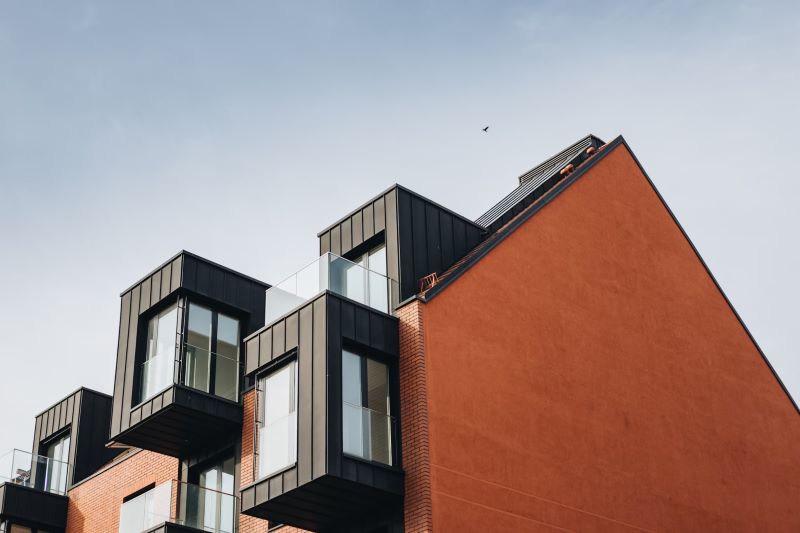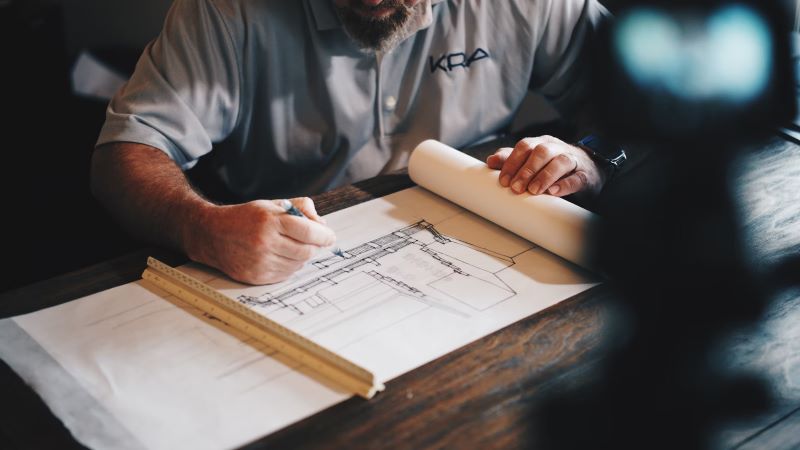Ultimate Guide to The Intersection of Functionality and Aesthetics in Commercial Design
In the pursuit of commercial design excellence, the harmonious convergence of functionality and aesthetics stands as a primary objective for many designers. This balance, achieved through thorough planning and execution, unlocks the potential for spaces that blend practicality with a high degree of visual appeal. By adeptly traversing the intricacies of this interplay, designers craft environments that transcend mere utility, elevating them to things of sheer beauty and efficiency. The idea behind this interaction is to meet functional requirements set out by the client while also managing to captivate the senses to leave a lasting impression on all who experience them. Throughout this article, you will discover the connection between the two, providing you with everything you need to generate your designs that blend them together.
Defining The Essence: Functionality And Aesthetics In Commercial Design
Achieving a perfect fusion of practicality and visual appeal in a design of any bent requires a deft touch. This marriage lies at the heart of creating spaces that fulfill functional needs and evoke a sense of aesthetic allure and, most crucially, emotional connection. Mastering the art of intertwining these two often disparate aspects demands a nuanced approach, where the architect’s vision focuses more on the sum of the two parts rather than them each individually. To achieve the required result, a commercial architect will need to have a deep understanding of what makes each point unique and how they are able to be blended together in such a way that doesn’t detract from one another but boosts each other. While functionality is crucial, particularly in commercial design, it should never be a constraint; instead, it should serve as a foundation upon which aesthetic sensibilities can flourish. Every element, from traffic flow to the interplay of light and shadow, is carefully orchestrated to create an environment that meets operational requirements and captivates the senses. Aesthetics, in this context, go beyond superficial beauty. It encompasses the ability to evoke emotions, convey brand identity, and create a sense of place that is often so lacking in the average utilitarian workplace.
Functionality As The Foundation Of Practical Design
While style must be present in any new space being created, it remains true that functionality must serve as the foundation upon which practical and viable commercial spaces are constructed. An architect must begin by prioritizing and integrating functional elements that cater to the operational needs of a company in order to foster a sense of productivity and worker satisfaction (which can be derived from beauty but will always begin with simplicity of use). At the core of this approach lies a profound comprehension of the intended purpose and utilization of the space. An architect must analyze specific requirements, workflows, and user behaviors to ensure the design facilitates efficient and intuitive navigation. Every aspect, from layout and circulation patterns to the strategic placement of essential amenities, is carefully planned to optimize functionality. Function extends beyond just spatial organization, encompassing a holistic consideration of factors such as acoustics, lighting, and ergonomics, all of which contribute to the overall user experience and performance. By thoughtfully addressing these elements, the architect creates an environment that looks visually appealing and promotes well-being, comfort, and productivity. It also demands adaptability and flexibility. As businesses evolve and needs transform, the design must accommodate these changes seamlessly. Modular layouts, reconfigurable spaces, and scalable infrastructure enable the space to adapt to future requirements, ensuring longevity and minimizing costly renovations.
Aesthetics To Create Visual Allure
While functionality lays the groundwork for practical design, aesthetics play an equally pivotal role in creating visually captivating and spiritually resonant spaces. An architect’s ability to harmonize form and function is paramount in crafting environments that meet operational needs and leave a lasting impression. Beauty goes beyond simple, apparent aesthetic appeal; they possess the power to evoke emotions, convey brand identity, and create a sense of place. Through thoughtful material selection, carefully curated color palettes, and intentional spatial arrangements, the architect can weave a narrative that resonates with the intended audience, fostering a deeper connection with the space. Moreover, aesthetics contribute to the overall user experience, influencing perceptions and shaping behaviors. A well-designed space can inspire creativity, promote focus, and cultivate a sense of well-being, ultimately enhancing productivity and satisfaction. In search of visual appeal, the architect must strike a delicate balance, ensuring that aesthetic considerations complement and enhance the functional aspects of the design. Every element, from the play of light and shadow to the integration of art and natural elements, should be purposefully incorporated to create a cohesive and captivating environment.
Enhancing User Experience Using Ergonomic Design
Ergonomic design plays a pivotal role in creating practical and appealing commercial spaces that prioritize user experience. By carefully considering occupants’ physical and cognitive needs, designers can craft environments that satisfy functional requirements and promote well-being, comfort, and productivity. At the core of ergonomic design lies a deep understanding of human factors, such as anthropometrics, biomechanics, and cognitive psychology. Architects must meticulously analyze how individuals interact with their surroundings, identify potential sources of strain or discomfort, and implement solutions to alleviate these issues. One key aspect of ergonomic design is the strategic placement and configuration of workstations, seating, and equipment.
Marrying Form And Function With Material Selection
The choice of materials can significantly impact the overall user experience, influencing factors such as durability, maintenance, acoustics, and thermal comfort. For instance, the strategic use of sound-absorbing materials can mitigate noise pollution, fostering an environment conducive to concentration and productivity. This concept is also intrinsically linked to the aesthetic language of a space. Textures, colors, and finishes can evoke specific emotions and convey a desired ambiance. Warm, natural materials like wood and stone can create a welcoming and inviting atmosphere, while sleek, modern materials like glass and metal can project a sense of sophistication and modernity. Nowadays, designers must also consider their material choices’ sustainability and environmental impact, prioritizing eco-friendly options and responsible sourcing practices whenever possible. Sustainability not only corresponds with contemporary values but also helps to ensure the built environment’s long-term resilience.
Through thoughtful material selection, ergonomic principles, and a harmonious blend of form and function, architects can craft environments that elevate the user experience, foster productivity, and evoke a sense of sensory delight. Ultimately, it is this synergy between functionality and aesthetics that defines truly remarkable commercial spaces.










